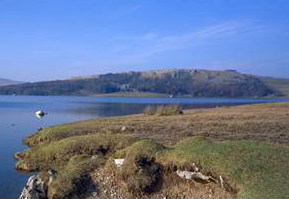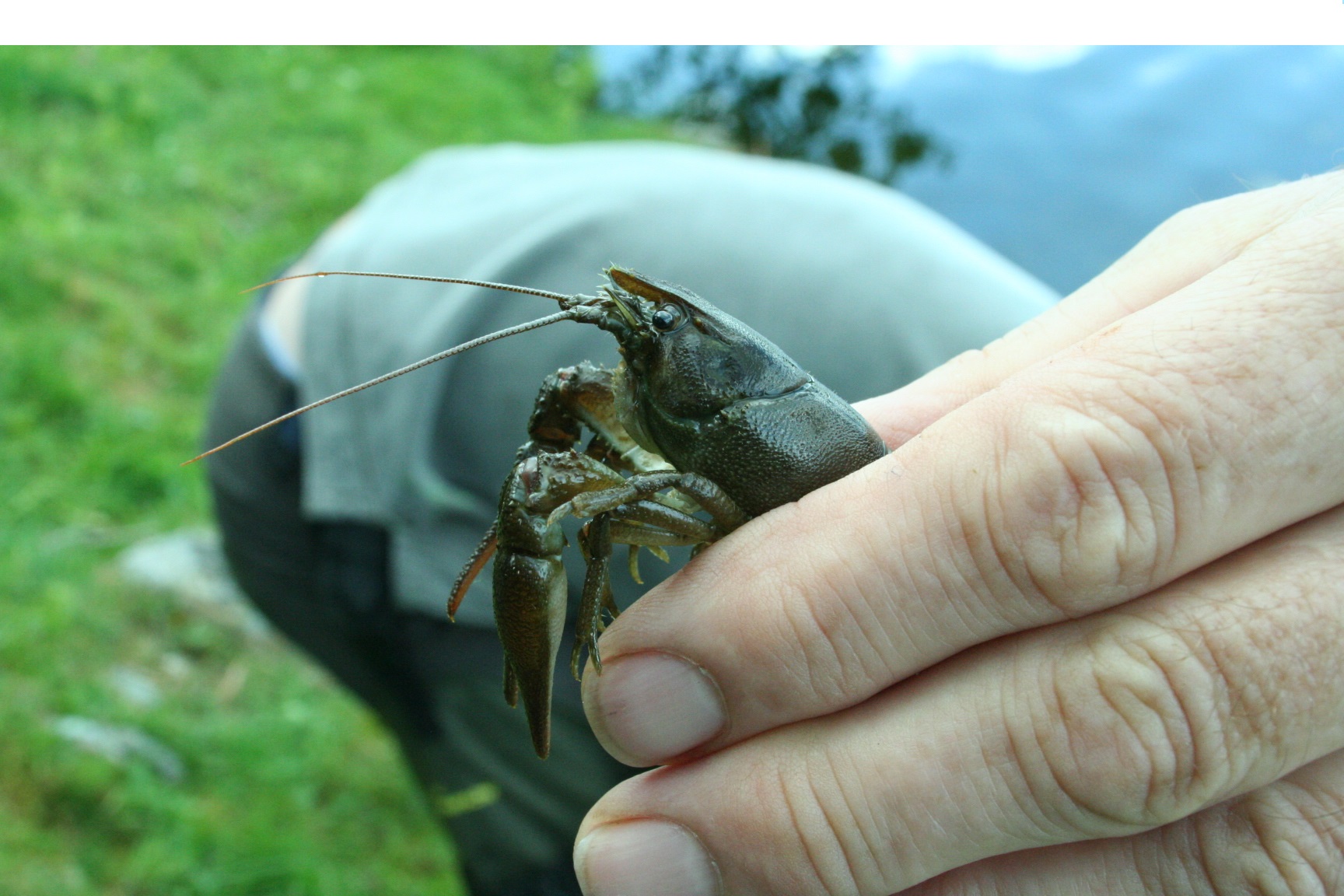
Marl lakes are a rare habitat type that occur in limestone catchments where calcium carbonate is precipitated out of the water as marl. Low nutrient levels in the water limit floating algae, but dense charophyte beds (freshwater green algae that are structurally like plants) prevail in these lakes. Marl lakes often support white-clawed crayfish and abundant molluscs due to the high alkalinity, while the fish assemblage is largely dictated by the nature of the shoreline. Whilst this lake type would naturally have clear water, eutrophication can lead to these lakes no longer producing marl and having much lower water clarity and losing their charophytes.

Like other lakes, they may also have been altered by surrounding land drainage and structures on their outflows that impact the natural hydrological regime. They also have the potential to be impacted by non-native species, especially invasive crayfish and mussel species that negatively impact the rare native species that favour this habitat.